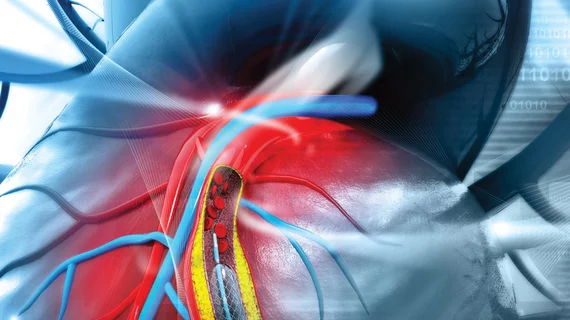A closer look at how subtle changes in the heart can lead to arrhythmias, death
Researchers have uncovered new clues about why subtle changes in potassium levels can cause a person to experience serious heart rhythm issues. The group also found a way to potentially alleviate such issues, sharing their findings in Pflügers Archiv: European Journal of Physiology.
Cells in the heart’s muscles communicate using a network of protein bridges, the research team explained. This network plays an essential role, allowing certain nutrients and minerals to flow from one cell to the next—but when there are too many positively charged potassium ions it can confuse the cells.
“This can be dangerous when sodium channels get stuck in a half-closed state,” senior author Steven Poelzing, PhD, an associate professor at Virginia Tech’s Fralin Biomedical Research Institute at VTC, said in a prepared statement. “The cell isn’t dying, but it’s not as electrically active as it once was. This can cause dangerous heart arrythmias and sudden cardiac death.”
Increasing sodium and calcium levels can help the heart course correct, according to the group’s research. This explains why patients with hyperkalemia, for instance, can benefit from having their calcium levels elevated.
“What surprised me is that such small changes in electrolyte values have such dramatic effects,” first author D. Ryan King, PhD, also from the Fralin Biomedical Research Institute, said in the same statement. “The ranges of sodium, calcium, and potassium we used in this study are not exaggerated, extreme ionic conditions that you’d never find in a clinical setting. They’re all within ranges that could show up in metabolic blood panels.”
The team’s full analysis is available here.

